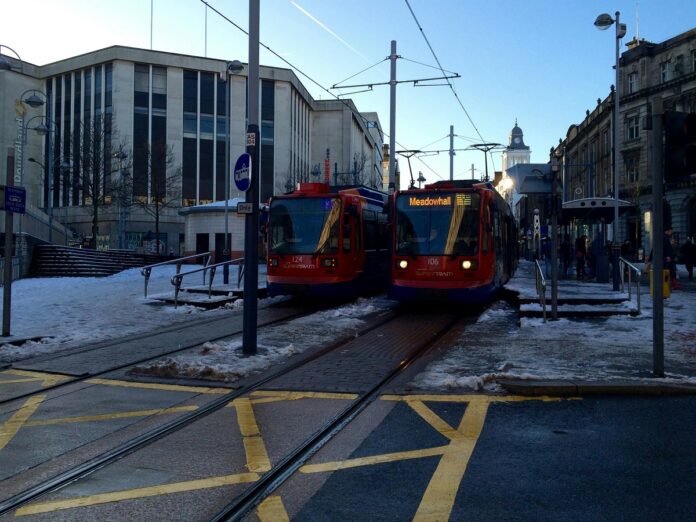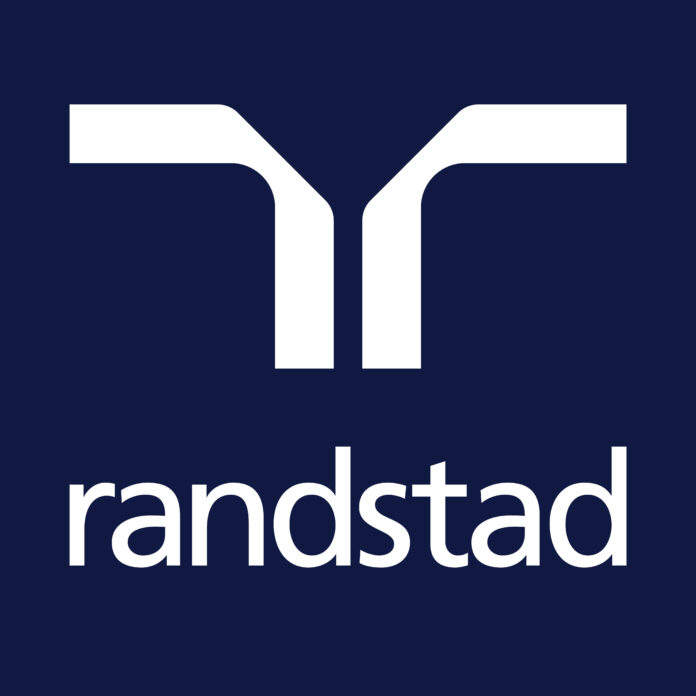Despite rail consistently ranking among the safest transport modes for passengers and goods, a newly released report highlights concerning trends in staff assaults and trespass incidents, underscoring the ongoing need for a relentless focus on health and safety.
The 2024-25 Annual Health and Safety Report (AHSR) was recently launched at the fifth annual Operations and Risk Conference by RSSB, an event that brought together over 200 industry leaders to discuss key challenges, explore state-of-the-art thinking, and share best practices. The AHSR provides a comprehensive summary of health and safety performance within the rail industry, utilising data from the ‘Safe Insights’ platform, the primary tool for reporting and sharing rail safety information across the sector.
The report pinpoints several recent challenges facing the rail industry:
- Incidents of staff harm from assaults increased by a significant 53% compared to the previous year. This notable rise, tragically coupled with the passing of Jorge Ortega at Ilford station, has brought this appalling issue into sharp focus. The rail industry is actively implementing measures to reduce and prevent attacks in stations and on trains, including enhanced training, body-worn cameras, and even body armour. However, the report stresses that for genuine improvement, a fundamental shift in public behaviour is required.
- There was one passenger fatality in a train accident, specifically the collision at Talerddig. In total, 29 people died as a result of accidents on the railway in 2024-25. The majority of these incidents involved trespass. While travelling by train remains exceptionally safe, unauthorised access to the track is highly dangerous. The rail industry is collaborating to raise public awareness about these hazards, actively discourage trespassing, and implement effective responses when incidents occur.
- The rate of suicides on the railway has unfortunately mirrored the national increase, indicating a widespread societal issue extending beyond the rail sector. The industry is actively collaborating with other sectors to address this complex challenge.
- The railway is currently operating in a period characterised by financial prudence, organisational change, and the challenges posed by a changing climate. Beyond these contemporary issues, traditional railway risks such as SPADs (Signals Passed at Danger), overspeeding, level crossing misuse, and incidents at the platform-train interface continue to require vigilant attention.
Chris Knowles, RSSB’s Director of System Safety and Health, said: ‘Our Operational Risk and Safety Conference underlined the rail industry’s proactive approach to challenges such as trespass, worker assaults, extreme weather, financial constraints, and societal changes. Our latest Annual Health and Safety Report shows Britain’s railway is still a safe mode of transport, in no small part due to the focus and vigilance of the whole industry. But we can do more. It remains essential to collaborate, to share safety and performance data and to apply the learning and hard-won lessons from incidents at pace.’





